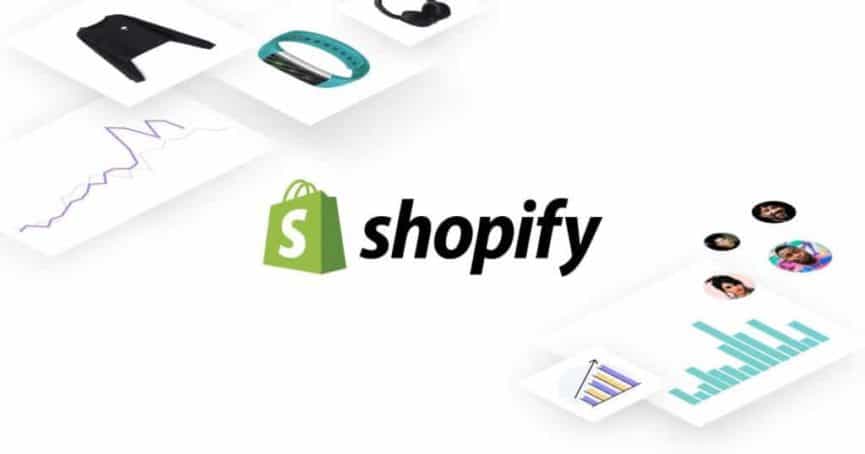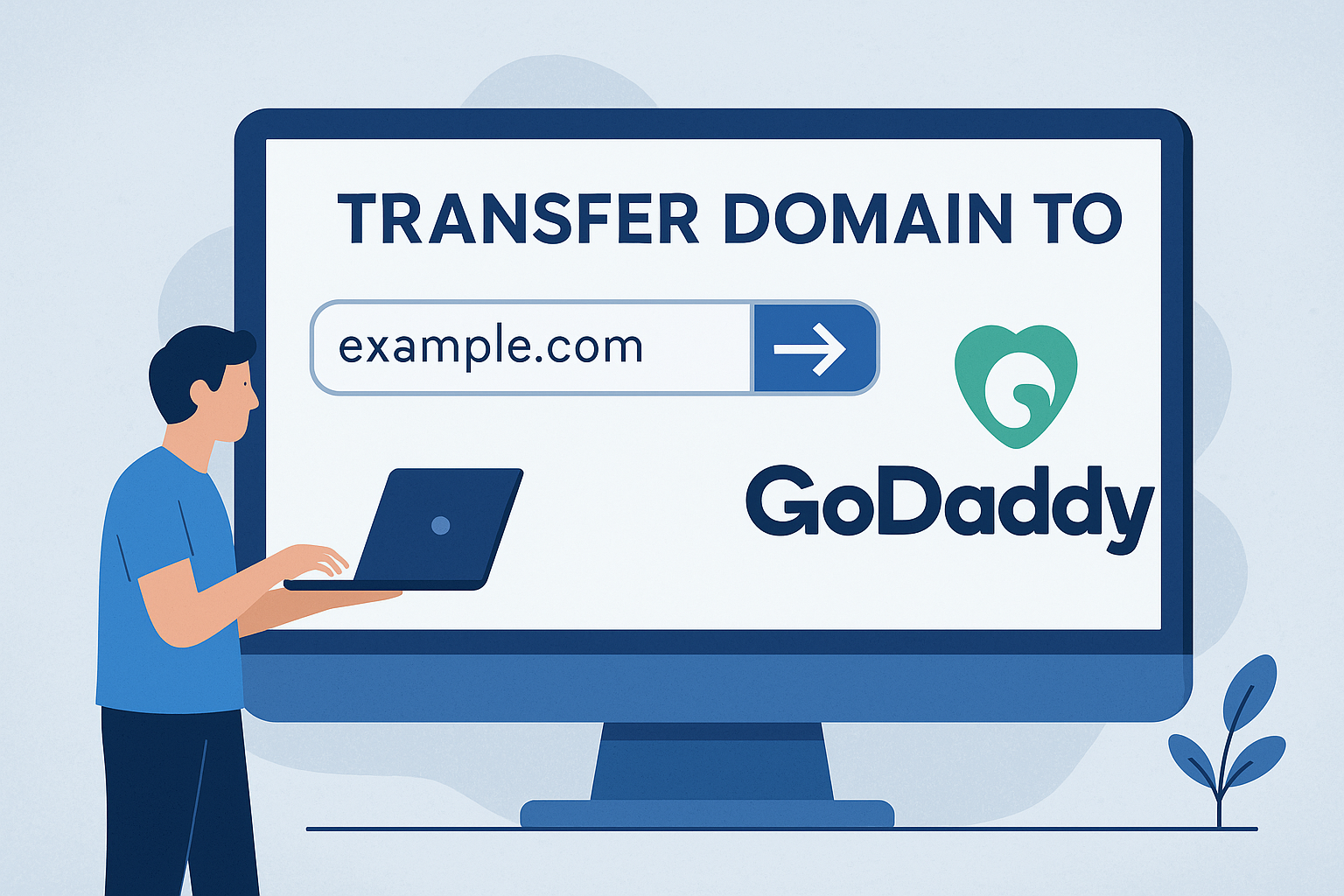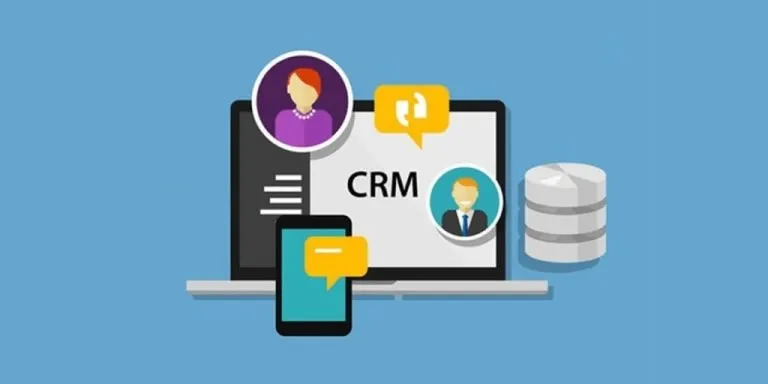Advertising disclosure
Hosting Canada is community-supported. We may earn a commission when you make a purchase through one of our links. Read Disclosure.
Shopify Review (2026)
In this Shopify review we tell you why we love it for eCommerce, big or small. We get into the pros and cons of the various Shopify plans and Shopify’s pricing to help you make your decision.
But honestly, there comes a time when every budding company that sells something turns to eCommerce. Take you for example – you completely saturated the local market with your artisanal toothpick boutique. Time to share your artistry with the whole world.
What happens next? In order to help planet Earth dislodge bits of food from their teeth in style you need to find an eCommerce platform. Thank goodness for Shopify – not only can they help you fulfill your true calling – they want to.
What’s more, you can try Shopify now for FREE (no credit card needed) for 3 days to see if you like it.
Then test it out thoroughly for just $1 per month for the first 3 months with any of their plans.
- Full integration for selling across multiple platforms
- Impressive inventory system
- Scales to your business easily as it grows
- Tons of analytic tools to help with your business
- Robust protection and security features
- Various plans, features and apps to choose from
- Excellent customer support
- Pricy subscription
- Some backend coding required
- Select features are dependent on third-party apps
- Add-ons can be expensive
- Excellent e-commerce management capabilities
- Multichannel publishing
- Inventory management for both online and in-store
- Keep track with reports and performance metrics
- Mobile optimized functionality
- Various business finance tools
Reasons Not to Use Shopify?
1) You are selling under five products and value complete simplicity over everything else.
2) Your blog came first and you need WordPress (currently most popular CMS) in your life. SEO is your bread and butter and eCommerce is a slight afterthought.
3) You have an insanely massive budget to throw at a web developer. Here’s a secret: There is a high probably of them using Shopify.
4) You want to sell on only one channel. (Hint – Shopify lets you sell on every platform easily).
If you don’t fall under any of those categories then Shopify should be your first choice of eCommerce hosting platforms.
Pros – What We Like About Shopify
All of the positives for Shopify add up to offering eCommerce store owners the tools they need to build and manage a store. There aren’t too many pain points when it comes to the activities needed to be done on the platform.
The company was also founded by three Tim Horton’s loving Canadians and is headquartered in Ottawa. We have to support our country folk. 🇨🇦
Multiple Channel Selling
Shopify allows you to integrate your products with marketplaces like Amazon, Ebay, or Etsy.
As well as social media channels like Pinterest, Facebook, and Instagram.
Inventory System
Shopify has a straightforward inventory system that allows you organize and edit items without a hassle.
 If you want, you can organize your products into collections and put them in different groups at once.
If you want, you can organize your products into collections and put them in different groups at once.
This means that dealing with inventory, even from different suppliers, is a breeze.
Shopify Plans, Features, and App Store
Any feature that you can think of, and that you might find necessary, you’ll find on Shopify.
In case you can’t find the feature you’re looking for, then check out the app store. You get to choose from a vast selection of apps that offer free and premium services.
Customer Support
Shopify will send you a credit card reader when you sign up with them so you can sell your goods in person. It’s rare for a software company to do something to make your life that much easier.
Beyond that – their customer support staff is around 24/7 to help and in higher payment tiers give you a specific point-person to contact specifically.
Cons – Things To Consider
Shopify does come with negatives as most companies do. The negatives associated with the service aren’t drastic but they also aren’t going to remedied at any point in the near future.
 Shopify Pricing
Shopify Pricing
When it comes to competing eCommerce platforms, Shopify is somewhere up there with them, when it comes to price. However, its prices are a bit higher than with platforms that don’t specialize in eCommerce.
For beginners, $29 a month could be a lot of money – especially when sales aren’t given. There are a lot of costs involved with starting an online business and everything adds up.
For an established business, it might not be much, but at the beginning it definitely feels like a lot of money.
Backend Coding
You might come across some problems with backend part of Shopify. Sometimes you might feel overwhelmed and determined to hire professional help.

The community of Shopify users is rather large and a lot of the times there are fixes to issues in forums or even articles and videos.
The good thing is with the proliferation of the Shopify ecosystem there are a ton of online tutorials for literally anything Shopify related. If you’re willing to put in some elbow grease and get into it, you can DIY your own shop easily.
Building Your Store
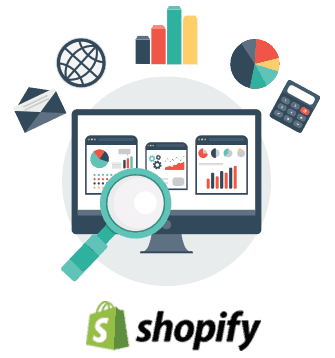 Creating a beautiful storefront is one of the main priorities of an eCommerce operation.
Creating a beautiful storefront is one of the main priorities of an eCommerce operation.
Imagine what happens when you walk into a physical store and shelves are flipped over and the cashier looks like they haven’t showered since Justin Bieber got his first tattoo.
When selling online it is even more important for the store to look good. People might look past overturned shelves and some suspiciously familiar stains in a store if they need to buy something badly enough but in this day and age people are not willing to overlook the equivalent of that on a website.
They’ll just pull up Google and find an alternative. Bad website design is a complete killer – 61% of users will not return to a website due to bad design. Luckily, the Shopify website builder is great at helping out in that regard.
How it Works
Shopify makes it simple to build a website. The way it works is you select a theme – either for free or pay for premium – then build your website within that theme. Shopify carries a very large assortment of free themes that have a great about of optionality.
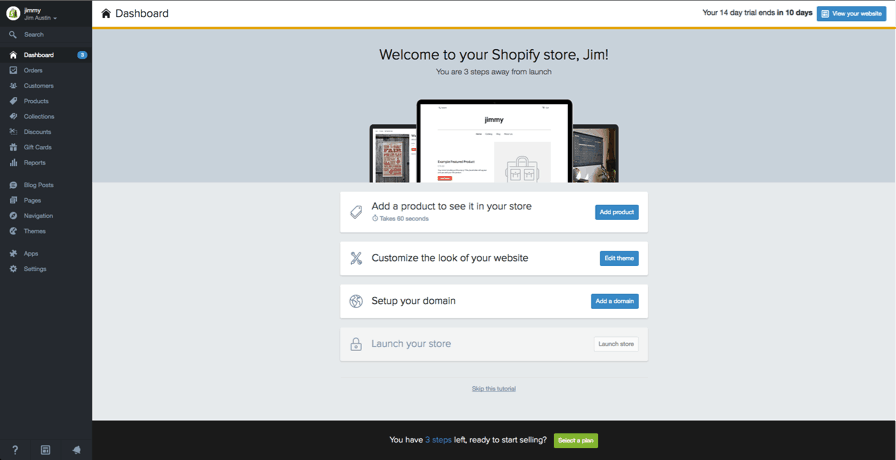
In the backend there is inventory management among other tools like menus that will impact how your website is built but the majority of the store building will take place inside the theme.
Most themes are pseudo-drag-and-drop tools to move different elements like photos, text blocks, and other aspects into different places. Some themes are more menu-centric and built in less visual ways.
Almost all of Shopify approved themes are easy to use with small learning curves.
Inside the themes are also where you’ll pick your colors, fonts, and other necessary settings.
Shopify Themes
Paying for Shopify is already a relatively large expense for a lot of new entrepreneurs. You can choose between ten free themes on Shopify that can truly make a beautiful website.
Our favorite of all Shopify templates to use is Brooklyn, best for medium-sized apparel stores, but each one is suited for specific types of stores.

Of course, paid themes offer greater functionality, and you have tons of premium themes to choose from. There are a whole bunch of developers that create themes for hosting services like Shopify, WordPress, and BigCommerce.
Shopify eCommerce Features
Shopify is as feature rich as it gets. Diving into a free trial can show all of the different options but here are a handful.
Capabilities
A necessary potential problem to think about when starting out is what happens if your store succeeds to an insane degree? Success does come with problems. Can the hosting service you’re on support your meteoric rise?
Shopify grows with you. The cheapest plan offers everything a beginner could want and their most expensive plan allows a fast riser to grow into a blossoming company.
There are great cost saving features, advanced report builders, discounts, and there are even enterprise-grade solutions for high volume merchants. If you’re curious about quality merchant services, take a look at our guide.
Multi-channel Selling – Sell On Any/Every Platform
If you only showcase your products on your website you aren’t putting much effort in. People are shopping on Amazon, Ebay, Etsy, Facebook, Jet, and Instagram just as often as eCommerce websites.
Shopify allows you to sell on 20 other channels making it easy to manage selling to potential customers anywhere on the internet. This is probably the feature that makes Shopify the most powerful.
If you’re serious about building a viable Ecommerce store you just can’t beat this.

Inventory Management
A lot of stores have a large product catalog. It can be scary trying to organize everything on your website in a way that would make sense to customers while also juggling inventory that comes from different suppliers. That is a lot to worry about.
On a store where some products come from Amazon’s fulfillment centers, some come from a print on demand service, some from a drop-shipping service, and some from your Grandpa’s basement – you could be looking at a migraine.
Shopify has you covered and allows you to have products that come from yourself and any other fulfillment center you may be using.

Shopify makes it effortless as each product can be set to being fulfilled from anywhere – even in the same collection.
Reports
What if I told you people were finding your store and checking out your products. You’d be like, “Cool!”
It is cool.
But don’t you want to know more? To be a successful store owner you will need to know more so you can learn from that knowledge and improve.
Shopify makes this effortless. First of all it comes with nifty charts that tell you useful information like total sales over periods of time, conversion rates, total store visits, average order value, repeat customer rate, and total orders.
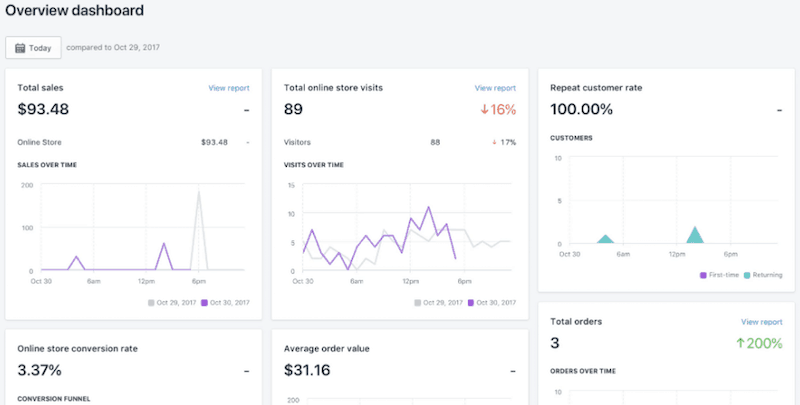
Other aspects like where people are finding your site are very useful. If 28 people came to your website from Pinterest that day Shopify will let you know.
Mobile Optimization
![]() It is likely that seven out of 10 of your clients are going to view your e-commerce store using a mobile device. Unfortunately, a lot of platforms are built for use on desktops.
It is likely that seven out of 10 of your clients are going to view your e-commerce store using a mobile device. Unfortunately, a lot of platforms are built for use on desktops.
Here are two fun eCommerce website statistics for you:
- Poor mobile design alone is enough for 57% of internet users not to recommend your business to their peers.
- Almost 80% of consumers will stop engaging with your website if the mobile website displays inconveniently.
Shopify knows that people use their phones to shop online and made sure that all themes used on their platform are mobile optimized. They also offer views of your website from desktop, tablet, and mobile versions.
Other Fun Tools
There are multiple fun features and tools that are worth talking about as well.
- Kit – A marketing automation tool that can send out emails, create ads, post on social media, and send you reminders.
- Burst – Shopify’s stock photo tool that has high quality images that don’t look generic. All the images are free.
- Exchange – Shopify has its own store marketplace. If you grow your business and decide you want to sell it then there is a built in environment to delve into.
App Store
Shopify’s app store is growing strong, currently offering around 2,000 apps. This means that the app store will probably have a solution for your issue. The more specific the problem the more likely there will be a cost associated with the solution.
Shopify Customer Support
As the company has grown the Shopify customer support has actually improved. The large scale of the company has enabled the company to have 24/7 help lines in multiple parts of the world.

Shopify customer service has a staff of self-proclaimed gurus that offer help in any area you might need it. They also offer live chat support and emailing is always an option.
If the customer support team can’t help you for whatever reason or you don’t feel like talking to anyone (we understand) you can always check out other mediums.
Shopify’s knowledge base is full of FAQ’s and in depth tips. They also offer an academy with free training courses full of videos and frequent webinars. On top of that there are text guides on specific topics that can be read.
One underrated part of Shopify’s general appeal is the community. This might be because the WordPress community is so massive and outshines any internet hosting community.
The forums for Shopify – whether general Shopify, themes, or apps – are always teeming with useful information and help.
Shopify Pricing and Plans Explained
There are certain features that you get with each pricing plan, like SSL encryption, abandoned cart recovery, unlimited number of products, non-stop support and many others.
Besides those, you might have to pay extra for premium apps or themes, if that’s what you’re looking for. Most of these apps and themes will definitely be worth your while, since they’ll take your shop to the next level.
Conclusion
Shopify sole raison d’etre is to help you build a business. If you have the will then they’ve got the way.
Other companies have tried to compete but Shopify’s sole purpose is to make sure you have everything you need to sell people products and services.
Our endorsement of Shopify is one that has come from hours of testing and working with as many eCommerce platforms as possible.
References and image credits:
- Gomanos.com
- WorthThinkers.com
- FiveOcean.net
- VinculumGroup.com
- ForexTribune.com
Shopify News
- Shopify launches new retail hardware called POS Go – Sept 27, 2022 – Currently available for pre-order in the US, this new device resembles a smartphone but with a fully integrated card reader enabling tap, swipe, and chip cards to be used, making it easier than ever for in-store merchants to connect, track, and take payments for their stores.
- Shopify introduces brand new POS – May 4, 2020 – Shopify introduced and launched a brand new POS that’s available with all Shopify plans. This feature sets to help merchants around the globe to adapt and adjust to the new business and market challenges ahead of them.
- Shopify Capital starts in Canada – April 20, 2020 – Shopify Capital is introduced to customers in Canada, as a means of support to businesses in financial need. These money advances will be repaid from future transactions
- Shopify Email Released and free until October – April 15, 2020 – Shopify is making its Shopify Email available for free to all merchants until October 1, 2020. The company recognized the importance of email in communication with the customers, so they decided to offer it to everyone during the pandemic.

